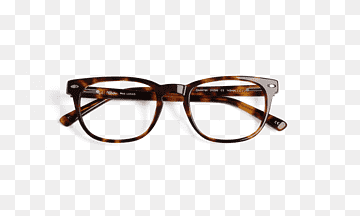Spectacles are devices designed to improve vision or protect the eyes. They consist of lenses mounted in a frame that rests on the wearer’s nose and ears. Spectacles, commonly referred to as glasses, can serve various purposes, including correcting vision problems, shielding the eyes from harmful environmental elements, and even functioning as a fashion accessory.
Types of Spectacles:
- Prescription Glasses:
- Designed to correct refractive errors such as myopia (nearsightedness), hyperopia (farsightedness), astigmatism, and presbyopia (age-related difficulty in focusing on close objects).
- Prescription glasses have lenses crafted to specific measurements tailored to the wearer’s eyes, helping them see more clearly.
- Reading Glasses:
- Used primarily to assist people, often over the age of 40, with presbyopia. These glasses help magnify objects for tasks like reading and are usually available over-the-counter.
- Bifocals and Multifocals:
- These types of glasses combine two or more different optical powers within a single lens, typically for people with multiple vision problems. Bifocals assist with both nearsighted and farsighted vision, while multifocal lenses (progressive lenses) offer a smoother transition between optical powers.
- Sunglasses:
- Designed to shield the eyes from the sun’s ultraviolet (UV) rays. They come with UV-protection coatings and are often polarized to reduce glare. Sunglasses can be prescription-based or purely protective, often serving as a fashion accessory as well.
- Safety Glasses:
- These are worn to protect the eyes from hazards such as flying debris, chemical splashes, or excessive light exposure. Safety glasses are often used in industrial settings, construction work, or laboratories.
- Blue Light Glasses:
- Designed to filter or block blue light emitted from digital screens, such as computers, smartphones, and TVs. These glasses are gaining popularity as more people spend long hours in front of screens, which can lead to eye strain and sleep disturbances.
History of Spectacles:
The origins of spectacles date back to the late 13th century in Italy, where early designs were made to aid monks in reading. The lenses were made from polished glass, and they were usually held in front of the eyes by hand or rested on the nose.
Over centuries, the development of optics led to the refinement of lens crafting, improving the precision of corrective lenses. By the 18th century, spectacles had evolved to include features like temples, allowing them to rest comfortably on the ears, and by the 20th century, mass production made them widely accessible.
Modern Innovations:
With technological advancements, spectacles today can be highly customized. Thin, lightweight materials such as polycarbonate and Trivex are used in lenses, making them durable and impact-resistant. Smart glasses have also emerged, integrating digital displays, cameras, and augmented reality (AR) capabilities, bringing spectacles into the realm of wearable tech.
Additionally, fashion has played a significant role in the evolution of spectacles, with designers creating frames in a variety of styles, colors, and materials to suit individual preferences and complement personal aesthetics.



Pingback: Laptop is a portable personal computer. - My Blog